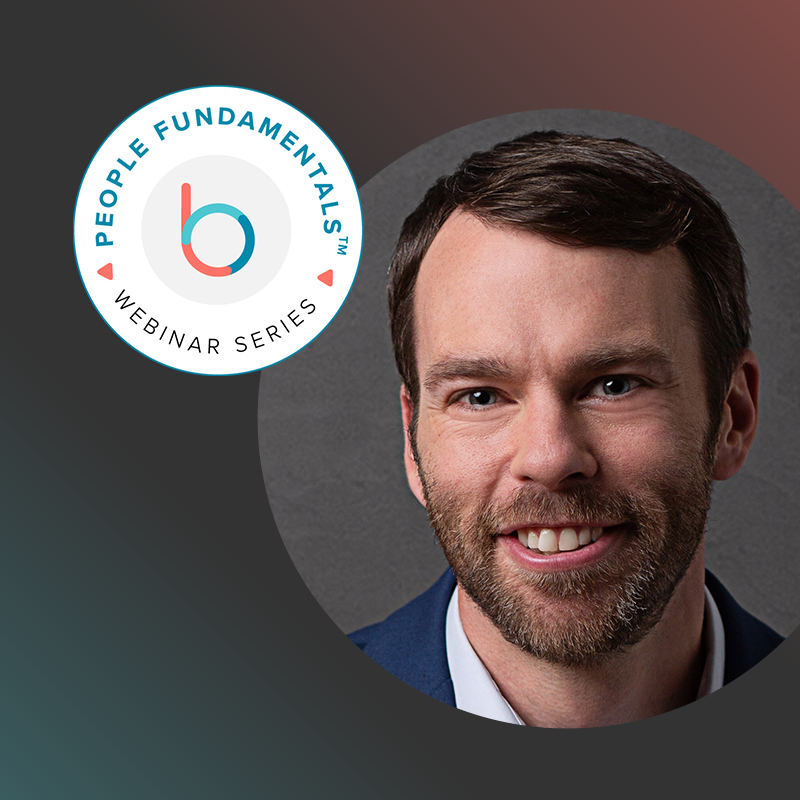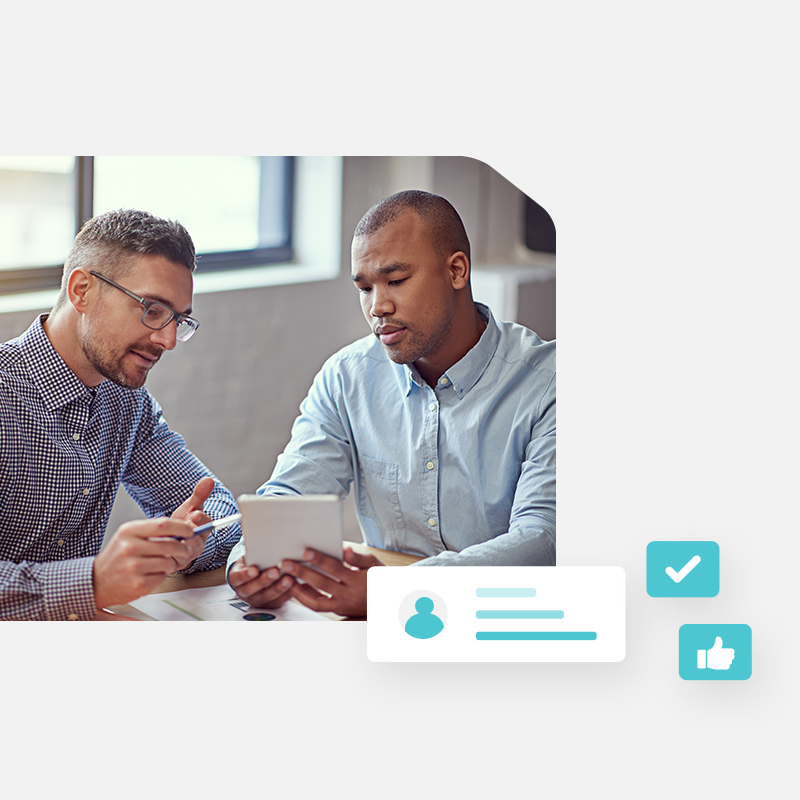While the global workforce has steadily evolved over the past decade, the last 18 months have seen unprecedented changes in how we work, learn, and collaborate. Competing in a knowledge-based, digital economy has organizations continuously reevaluating and enhancing their capabilities. This in turn is elevating the role of their learning and development (L&D) departments. At the center of this shift are the Chief Learning Officers (CLOs).
The fluid dynamics of business today have presented opportunities for CLOs to take on more proactive and strategic roles – elevating themselves from traditional trainers to future-focused executives who are reshaping their organizations’ capabilities and cultures. This new breed of “Transformer CLOs” are positioning employees to succeed in their current roles while helping them adapt to the “future of work” – whatever that may look like at any given time. They are also making learning and development an integral part of their companies’ strategic frameworks.
According to a McKinsey survey of executives, L&D leaders, and Chief Learning Officers, 60 percent of survey respondents plan to increase L&D spending over the next few years, and 66 percent want to boost the number of employee-training hours.
Let’s take a look at how L&D is driving business performance and delivering ROI.
Upskilling | Reskilling
Traditionally, L&D teams have helped employees build skills in order to become successful in their current roles. However, McKinsey research estimates that as many as 800 million jobs could be displaced by automation by 2030. Employee roles will continue to evolve, and a large subset of workers will need to learn new skills to remain employable.
- According to the World Economic Forum, 50 percent of employees will need to be reskilled by 2025
- Data shows that the total number of skills required for a single job is increasing year-over-year by 10%
A recent Gartner study on the Top Five Priorities for HR in 2021 also found that 68% of HR leaders cited “building skills and competencies for the organization” as a key initiative, yet 38% of them said that they don’t know what skills gaps employees have. (4) In order to proactively address these skills gaps, L&D teams are collaborating with executive leadership and HR to rapidly develop and launch upskilling/reskilling programs that ensure employees have the necessary skills to remain relevant in the workplace. These programs include both “hard skills” such as learning data analytics or a cloud collaboration solution, as well as “soft skills” such as leadership training that focuses on team building, decision quality, and effective collaboration.
Research indicates that companies in the top quartile of leadership outperform other organizations by nearly two times on earnings before interest, taxes, depreciation, and amortization (EBITDA). Moreover, companies that invest in developing leaders during significant transformations are 2.4 times more likely to hit their performance targets.
Measuring the impact of L&D on business performance
As executives have prioritized L&D, CLOs now have a “seat at the table.” However, that privilege has come with the added pressure of having to demonstrate L&D’s impact on employee performance and ultimately the organization’s bottom line.
While some job functions and roles have some clear-cut success metrics – such as pipeline, close rates, and total revenue generated by sales – other roles don’t have a clear-cut means of measuring their impact on business performance. To gauge their programs’ effectiveness, Transformer CLOs are evaluating their learning strategies’ impact and execution via Key Performance Indicators (KPIs). Examples of KPIs include:
- Business excellence – This KPI looks at how closely aligned L&D initiatives and investments are with their organization’s overall business priorities.
- Learning excellence – This looks at whether learning interventions change people’s behavior and performance
- Operational excellence – This KPI measures how well investments and resources in the corporate academy are used
While the impact of learning strategies can be done through many lenses, a key measurement strategic alignment. In other words, how effectively does the learning strategy support the organization’s priorities? While CLOs and business leaders agree that L&D must align with their organization’s overall priorities, research has found that this isn’t the case. Only 40 percent of companies say that their learning strategy is aligned with business goals.
In order to address this alignment gap, many Transformer CLOs are turning to OKRs (Objectives and Key Results) in order to connect L&D and employee development with business performance. Measure What Matters defines OKRs as: “a collaborative goal-setting tool used by teams and individuals to set challenging, ambitious goals with measurable results. OKRs are how you track progress, create alignment, and encourage engagement around measurable goals.” Most importantly, OKRs allow CLOs, HR leaders, and executives to create a goal-setting framework that empowers them to set mutually agreed upon, measurable goals and effectively track the progress their teams make towards them.
Leveraging OKRs for Learning and Development
The adoption of OKRs has increased steadily as more organizations embrace hybrid and remote workforces as a permanent solution. Rather than gauging employee effectiveness by how many hours they log in or where they log in, organizations are measuring the impact they have on the business and the results they deliver. Transformer CLOs are developing learning journeys that align with their companies’ OKRs with the goal of driving specific business outcomes.
For example, the CLO of a software reseller may collaborate with sales leadership to develop a learning journey that would train a specific number of incoming sales reps to become fluent in Microsoft Teams. The key result would be the amount of revenue generated by each sales rep within six months of completing the training. Or, an individual contributor could create a business objective about “building an outstanding chatbot for customer service.” The key results could include both business and key learning results: the first being “take an advanced chatbot design course” and the second being “building the actual chatbot.”
Companies are viewing the benefits and value of learning and development through new lenses to ensure it aligns with future workplace skills and supports business objectives. Transformer CLOs are leveraging tools such as OKRs to clearly demonstrate the impact their programs have on both employee and business performance.
Connect with our team to learn more about how OKR methodologies can support your L&D efforts!







